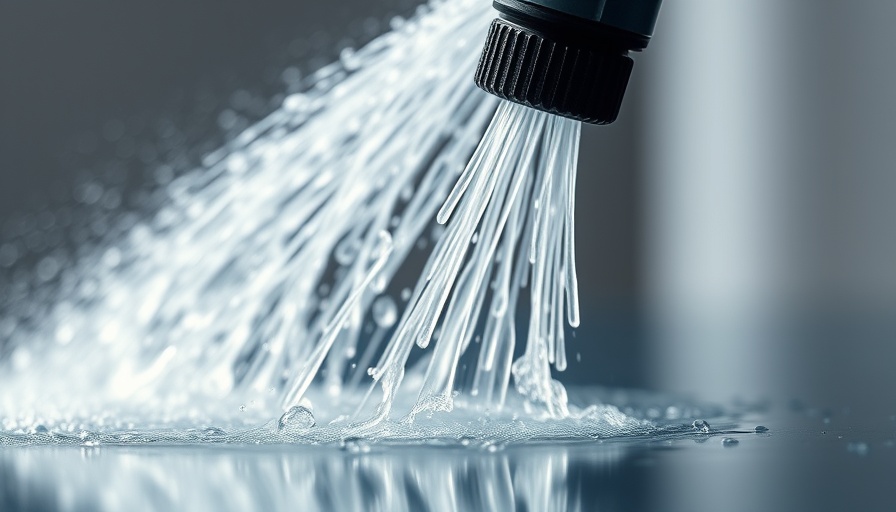
Your Guide to Cleaning Safely: What Not to Pressure Wash
Pressure washing can be a fantastic way to give your home a refresh, blasting away dirt and grime with impressive efficiency. But before you grab your pressure washer and start spraying everything in sight, it’s crucial to know that not everything is safe for this powerful cleaning tool. In fact, using a pressure washer on certain surfaces can lead to more harm than good. Let’s dive into the seven items and areas that should absolutely be avoided when pressure washing, saving you trouble and possible damage to your property.
1. Delicate Surfaces: A Painful Lesson
Doesn’t granite look great when freshly polished? The last thing you want to do is ruin that finish by blasting it with high-pressure water. Delicate stone surfaces (like granite or marble), wood, and even some types of plastic can suffer significant damage from the force of a pressure washer. Instead, opt for gentle cleaning methods that won’t compromise their integrity.
2. Electrical Equipment: A Shocking Revelation
It may seem obvious, but electrical equipment—think outdoor outlets, lights, and electrical boxes—should never be cleaned with a pressure washer. The risk of water penetrating the units can lead to disastrous (and pricey) results. Streamline your cleaning with a damp cloth instead. Your electrical system will thank you!
3. Windows: Spotless, Not Smashed
Pressure washing seems like an easy way to ensure streak-free windows, right? Wrong. High-pressure water can force its way into window frames and potentially lead to leaks or shattered glass. Use a squeegee, some soapy water, and you’ll achieve that crystal-clear finish without the risk of breaking your favorite view.
4. Roofs: A Slippery Slope
Much like your great aunt’s prized porcelain collection, roofs can be delicate. High pressure can strip away shingles or damage tiles on your roof. Choosing softer cleaning techniques encourages integrity and longevity, so grab a gentle scrub brush instead and keep solid footing on your roof.
5. Paint: Goodbye, New Coat
Painted surfaces, especially if they're already peeling, can be decimated by the power of a pressure washer. If you spot flaking paint, pressure washing it will likely exacerbate the issue. Instead, a light scrub and some touch-up paint will maintain your home’s curb appeal without the expensive repairs.
6. Wood Decks: Don’t Make It Splinter
Wood decks are a common victim of pressure washer misuse. While it might seem logical to pressure wash them, this can splinter and erode the wood over time. Instead, consider using a wood-specific cleaner and a gentle scrub, keeping your deck in robust condition and ready for summer barbecues.
7. Vehicles: A Driveway Disaster
Lastly, let’s talk about your car. It seems logical to apply that pressure to remove dirt, but it can chip the paint and strip decals, leading to costly fixes. Instead, stick to the tried-and-true wash mitt and bucket formula. It’s less exciting, but your car and wallet will appreciate the effort.
Safety First: A Final Word
Pressure washers are fantastic tools when used correctly, but they can cause damage if applied indiscriminately. Now that you know what surfaces to steer clear of, your pressure washing sessions will yield effective results without unintended catastrophes. Remember, it’s about utilizing the right tool for the job, keeping your property looking its best.
Take care of your home and it will take care of you. So, before you pick up that pressure washer, make sure you’re ready to play it smart!
 Add Row
Add Row  Add
Add 



Write A Comment